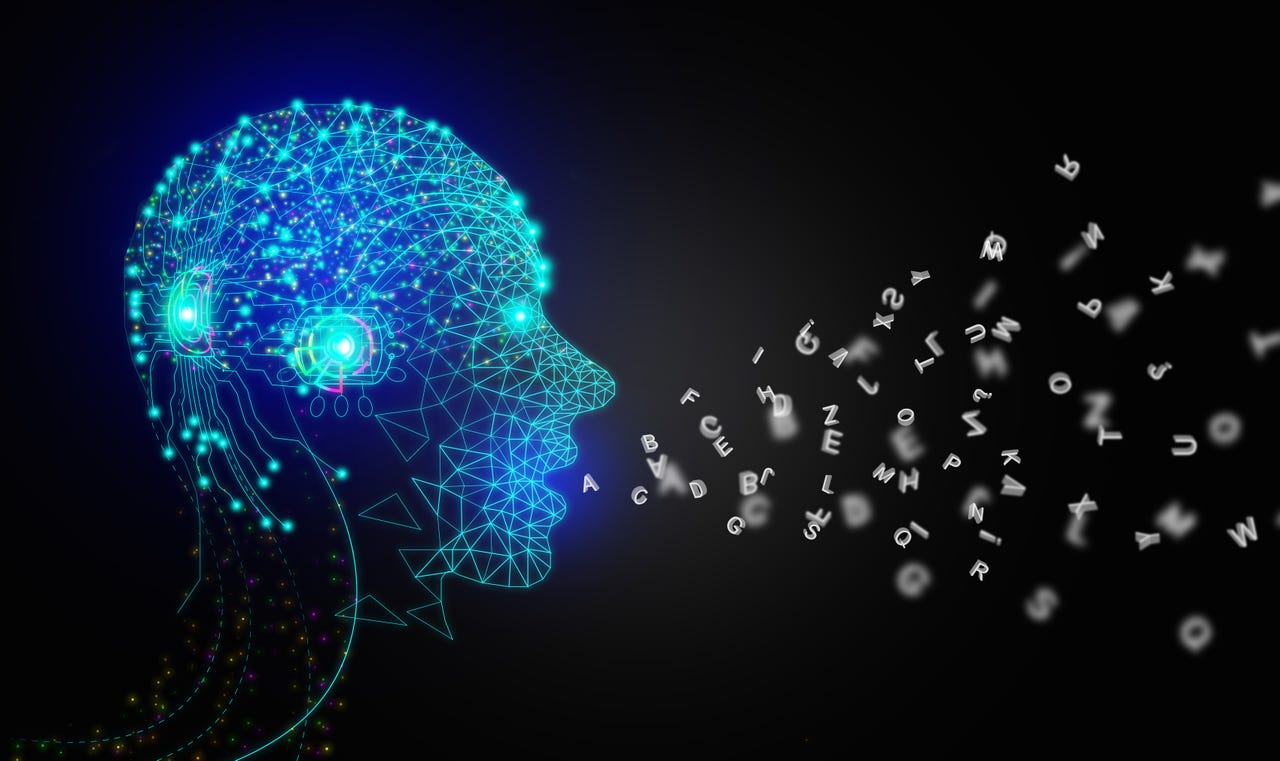'ZDNET Recommends': What exactly does it mean?
ZDNET's recommendations are based on many hours of testing, research, and comparison shopping. We gather data from the best available sources, including vendor and retailer listings as well as other relevant and independent reviews sites. And we pore over customer reviews to find out what matters to real people who already own and use the products and services we’re assessing.
When you click through from our site to a retailer and buy a product or service, we may earn affiliate commissions. This helps support our work, but does not affect what we cover or how, and it does not affect the price you pay. Neither ZDNET nor the author are compensated for these independent reviews. Indeed, we follow strict guidelines that ensure our editorial content is never influenced by advertisers.
ZDNET's editorial team writes on behalf of you, our reader. Our goal is to deliver the most accurate information and the most knowledgeable advice possible in order to help you make smarter buying decisions on tech gear and a wide array of products and services. Our editors thoroughly review and fact-check every article to ensure that our content meets the highest standards. If we have made an error or published misleading information, we will correct or clarify the article. If you see inaccuracies in our content, please report the mistake via this form.
What is generative AI and why is it so popular? Here's everything you need to know


What is generative AI?
Generative AI is the process of AI algorithms generating or creating an output, such as text, photo, video, code, data, and 3D renderings, from data they are trained on.
Also: ChatGPT vs. Bing AI: Which AI chatbot is better for you?
The purpose of generative AI is to create content, as opposed to other forms of AI, which might be used for other purposes, such as analyzing data or helping to control a self-driving car.
Why is generative AI a hot topic right now?
The term generative AI is causing a buzz because of the increasing popularity of generative AI programs, such as OpenAI's ChatGPT and DALL-E. The conversational chatbot and AI image generator both use generative AI to produce new content, including computer code, essays, emails, social media captions, images, poems, excel formulas, and more within seconds, drawing in people's attention.
Also: The best AI chatbots right now
ChatGPT has become extremely popular, accumulating more than one million users a week after launching. Many other companies have also rushed in to compete in the generative AI space, including Google, Microsoft's Bing, and Opera. The buzz around generative AI is sure to keep on growing as more companies join in and find new use cases.
What does machine learning have to do with generative AI?
Machine learning refers to the subsection of AI that teaches a system to make a prediction based on data it's trained on. An example of this kind of prediction is when DALL-E is able to create an image based on the prompt you enter by discerning what the prompt actually means. Generative AI is, therefore, a machine-learning framework.
What systems use generative AI?
Generative AI is used in any algorithm/model that utilizes AI to output a brand new attribute. Right now, the most prominent examples are ChatGPT and DALL-E.
Also: The best AI art generators
Another example is MusicLM, Google's unreleased AI text-to-music generator. An additional contender (which hasn't performed as well as ChatGPT) is Google's Bard.
What is generative AI art?
Generative AI art is created by AI models that are trained on existing art. The model is trained on billions of images found across the internet. The model uses this data to learn styles of pictures and then uses this insight to generate new art when prompted by an individual through text.
Also: How to use Midjourney to generate amazing images
A popular example of an AI art generator is DALL-E. However, there are plenty of other AI generators on the market that are just as capable and suit different needs. Google has an unreleased AI art generator called Imagen that is still in the research stage.
What are text based generative AI models trained on?
Recent text based models, such as ChatGPT, are trained by being given massive amounts of text in a process known as self-supervised learning. In these cases, the model learns from the information it was fed to then make predictions and provide answers in the future.
Also: How to write better ChatGPT prompts
One concern with generative AI models, especially those that generate text, is that they are trained on data from the entire internet. This includes copyrighted material and information that may not have been shared with the owner's consent.
EU lawmakers are trying to mitigate this problem with AI Act which includes a provision that requires AI companies to disclose if they are using any copyrighted materials to train or develop their systems.
What are the implications of generative AI art?
To create AI art, these models have to be trained on billions of images from the internet. These images are often artworks that were produced by a specific artist, which are then reimagined and repurposed by AI to generate your image.
Also: I tested out an AI art generator and here's what I learned
Although it's not the same image, the new image has elements of an artist's original work, which is not credited to them. A specific style that is unique to the artist can, therefore, end up being replicated by AI and used for a new image, without the original artist knowing or approving. The debate about whether AI-generated art is really 'new' or even 'art' is likely to continue for many years.
What are some shortcomings of generative AI?
Generative AI models take a vast amount of content from across the internet and then use the information they are trained on to make predictions and create an output for the prompt you input. These predictions are based off the data, but there are no guarantees the prediction will be correct. The responses might also incorporate biases inherent in the content the model has ingested from the internet, but there is often no way of knowing that.
Also: How I used ChatGPT and AI art tools to launch my Etsy business fast
These models don't necessarily know whether the things they produce are accurate, and we have little way of knowing where the information has come from and how it has been processed by the algorithms to generate content. There are plenty of examples of chatbots, for example, providing incorrect information or simply making things up to fill the gaps. While the results from generative AI can be intriguing and entertaining, it would be unwise, certainly in the short term, to rely on the information or content they create.